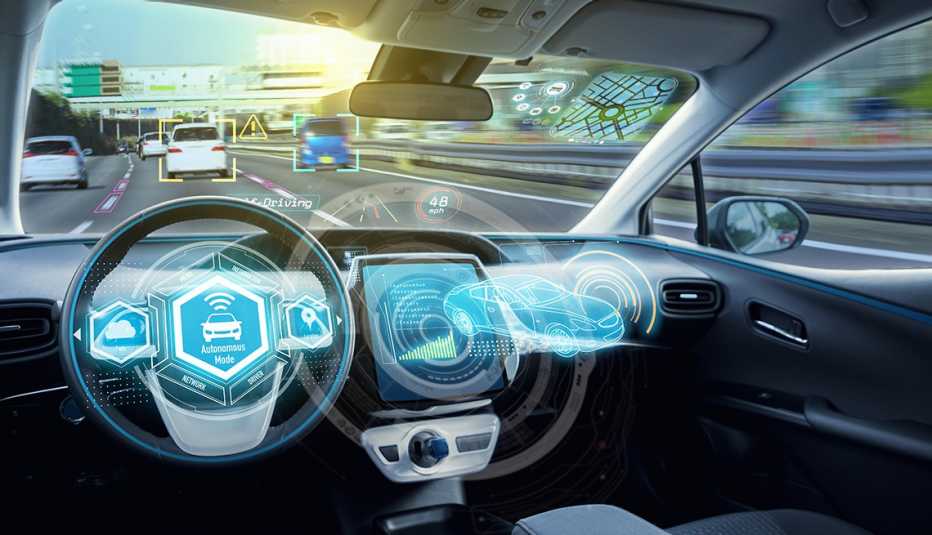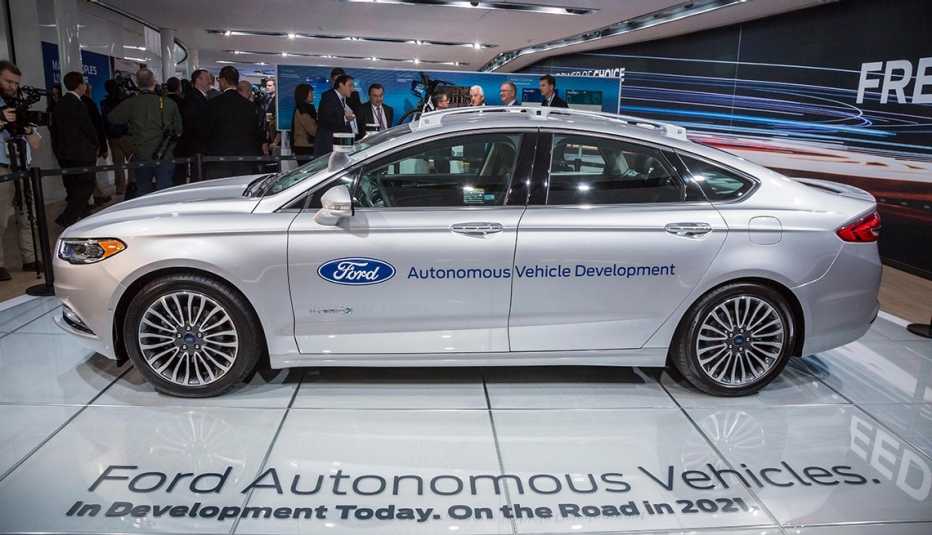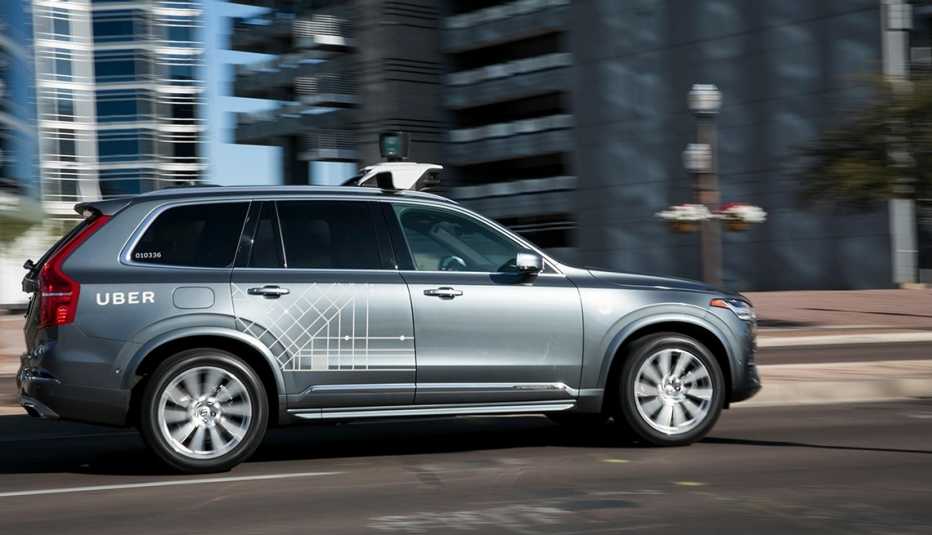AARP Hearing Center


Just a few decades ago, a world in which self-driving cars could ferry humans from place to place seemed like a concept that would long remain in the realm of science fiction. No longer: While they aren’t likely to become ubiquitous anytime soon, autonomous vehicles — cars that can guide themselves without human interference — are solidly on the horizon. All of the major automakers are devoted toward that goal, and drivers are now getting tiny tastes of ceding control to their cars with driver-assistance technology such as automatic emergency braking.
Older Americans could see huge benefits from the use of vehicles that don’t require a driver. About 18 percent of adults age 65 and older don’t drive, while 6.3 million adults 65 and older have a medical condition that makes it difficult to travel, according to an AARP Public Policy Institute Analysis of the 2017 National Household Travel Survey. In some instances that led to reduced or no driving — which can exacerbate isolation, among other problems.
The best part? “They can retain their independence while still being able to get around safely,” says Sam Abuelsamid, a senior analyst focused on automated and connected vehicles with Navigant Research.
And safety is the central reason for developing these cars. Fully autonomous vehicles (AVs) have the potential to remove human error, which accounts for 94 percent of vehicle crashes, according to the National Highway Traffic Safety Administration (NHTSA). In 2017, 37,133 people were killed in car crashes. Since AVs will never be drunk, distracted or drowsy, “the presumption is that most of these crashes can be avoided,” Abuelsamid says.
Doug Parks, General Motors vice president of Autonomous and Electric Vehicle Programs, notes that the automated car will be able to see through fog, rain and the dark “so much better than the human eye can see. This is the perfect driver. This will absolutely be safer than humans, period.”
Evolving slowly
The vehicles won’t become fully automated overnight. Automakers are rolling out the technology in stages, with levels defined by NHTSA.
Level 1: Driver Assistance. The vehicle is controlled by the driver, but there may be some driver-assist features — such as lane-keeping support and blind-spot detection — that can be found in many of today’s cars.
Level 2: Partial Automation. The vehicle has combined automated functions, like acceleration or steering, and the driver can take their hands off the wheel for a certain


amount of time, but the driver remains engaged in driving and monitoring the environment. Features might include traffic-jam assist (the car has the ability to control steering on well-paved roads, as long as the traffic is moving slowly) and parking assistance.































































More From AARP
Are You as Smart as Your Car?
Test your knowledge of current car tech safety featuresThe (Long) Road to Self-Driving Cars
Technology will transform the way we travel, but we're far from fully autonomous vehicles
Voice Control Behind the Wheel
Connected car features create a new auto-home network